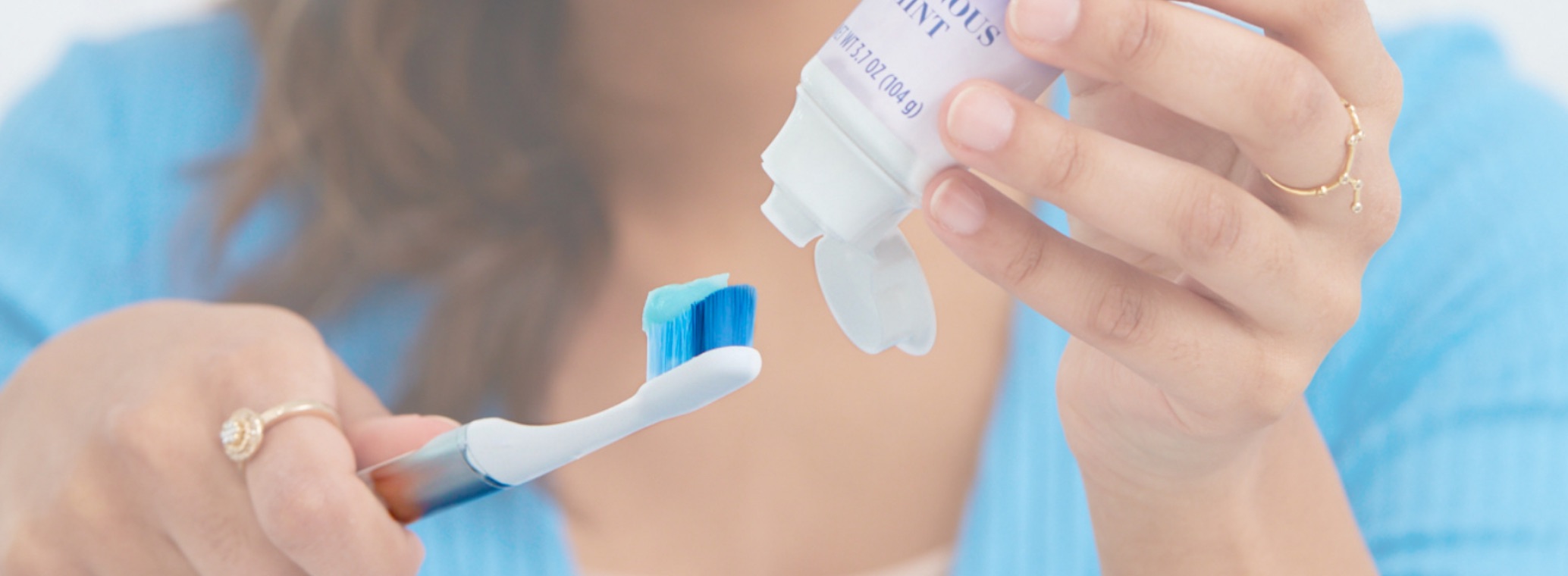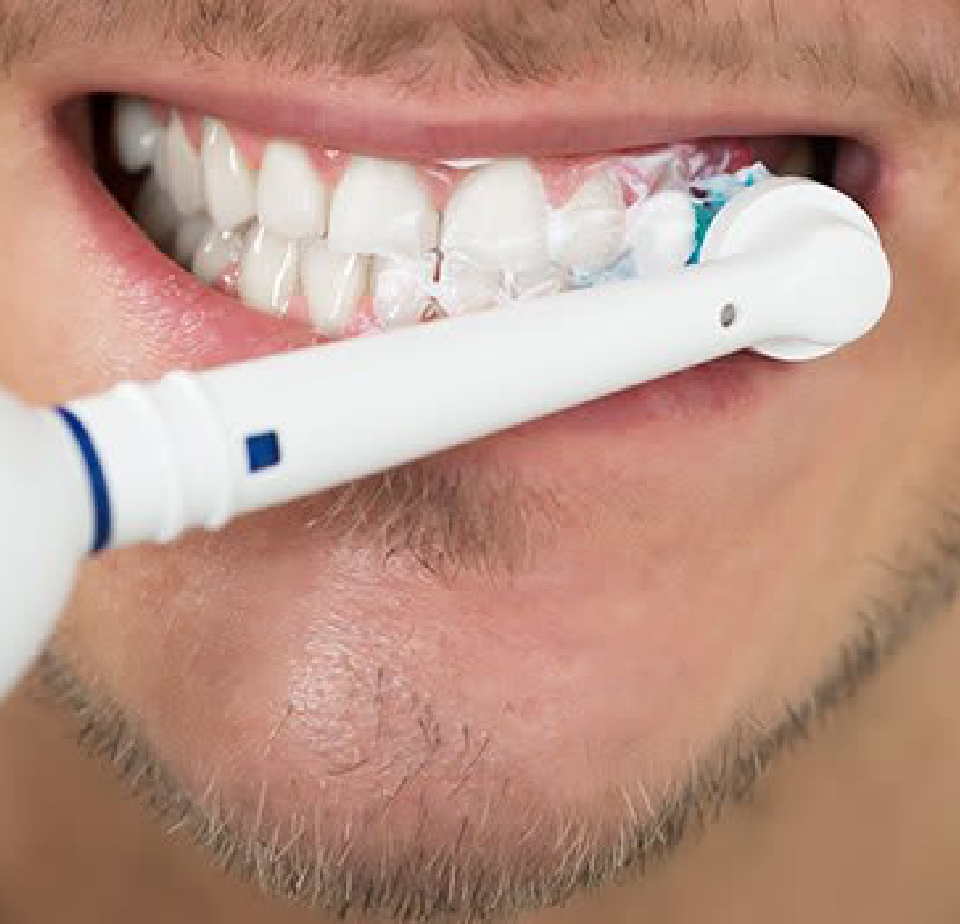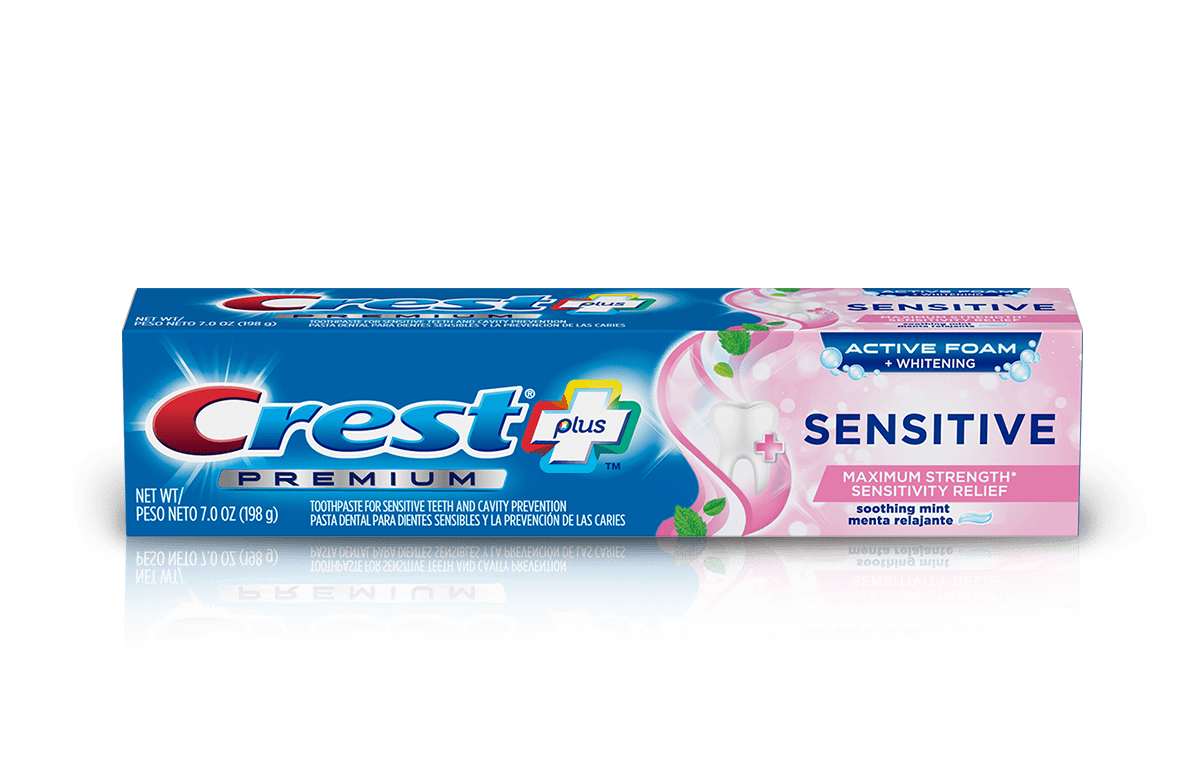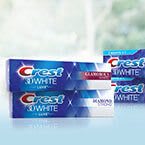TOOTHPASTE
Xylitol in Toothpaste: What You Need to Know
 What is Xylitol Toothpaste?
Xylitol Toothpaste Effectiveness
Xylitol Toothpaste Concerns
What is Xylitol Toothpaste?
Xylitol Toothpaste Effectiveness
Xylitol Toothpaste Concerns
Learn what xylitol is, why some people choose to use it as part of their oral care routine, how effective it is, and concerns to keep in mind.
What is Xylitol Toothpaste?
A sugar alcohol naturally sourced from plants and specific trees, xylitol adds a sweet flavor to toothpaste. However, unlike the type of sugar we all know and crave, xylitol does not contribute to cavities and decay. It’s been said to do exactly the opposite: prevent decay by reducing the rate at which cavities form, specifically in adults and children over the age of five.
Xylitol Toothpaste Effectiveness
Studies have found that the rate at which xylitol reduces the growth of decay-causing bacteria is not significant enough to replace fluoride toothpaste. However, when properly formulated with fluoride, the only ingredient acknowledged by the American Dental Association to help protect against cavities, it can help lower the risk of tooth decay.
Xylitol can also be found in chewing gum, breath mints, and lozenges due to its natural sweetness. Though some may claim that chewing on xylitol gum can help reduce your chances of tooth decay, one fact remains certain: because the natural sweetener doesn’t interact with the acids inside your mouth, it doesn’t cause cavities.
Xylitol Toothpaste Concerns
Though this natural ingredient is approved for safety by the United States Food and Drug Administration, there are certain side effects to be aware of when using xylitol toothpaste:
Mouth sores: painful lesions in or around the mouth including inner cheeks, lips, and surrounding skin.
Digestive issues: it is important that xylitol toothpaste is never swallowed to reduce the risk of bloating, gas, loose stools, diarrhea, constipation, and uncomfortable stomach cramps.
Additional precautions to take when brushing with a xylitol toothpaste include:
- Never replace standard oral care or treatment required for a dental condition, such as gum disease, with xylitol-only toothpaste
- Speak to your dental professional first prior to switching to a xylitol-only toothpaste
- Be sure to find a fluoride and xylitol infused toothpaste for more effective cavity protection
- Keep xylitol toothpaste away from dogs as xylitol is toxic to them
No matter which toothpaste you choose to use, be sure to follow a complete oral hygiene routine of brushing twice a day, flossing once daily, and visiting your dentist or dental hygienist for checkups and professional cleanings every six months.
Discover More
 The Best Toothpaste for Gingivitis and Gum Disease
The Best Toothpaste for Gingivitis and Gum Disease




